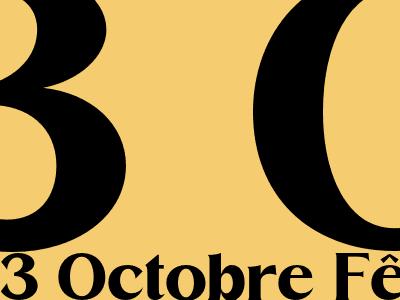3 Octobre Fête: A Comprehensive Guide to the Reunification of Germany
Historical Context: The Division of Germany
Following World War II, Germany was divided into four zones occupied by the Allied powers: the United States, Great Britain, France, and the Soviet Union. The division of Berlin into East and West mirrored the division of Germany.
The Federal Republic of Germany (West Germany) was established in 1949, while the German Democratic Republic (East Germany) was created in the Soviet zone in 1949.
The Path to Reunification: The Berlin Wall and Beyond
The Berlin Wall, erected in 1961, symbolized the physical and ideological divide between East and West Germany. The peaceful protests and political reforms in East Germany in 1989, known as the Peaceful Revolution, led to the opening of the Berlin Wall on November 9, 1989.
In the following months, negotiations between the two Germanys and the Allied powers paved the way for reunification. The Treaty on the Final Settlement with Respect to Germany, signed on September 12, 1990, officially ended the occupation of Germany and allowed East Germany to join the Federal Republic of Germany.
3 October 1990: The Reunification of Germany
On October 3, 1990, the reunification of Germany became a reality. East Germany formally joined the Federal Republic of Germany, marking the end of the Cold War division of Europe.
The reunification process was complex and challenging, involving economic, political, and social integration. The former East Germany faced economic disparities and social upheaval, which required significant financial support and reforms.
The Legacy of 3 Octobre Fête: Unity and Transformation
3 Octobre Fête is a symbol of German unity and the resilience of the German people. The reunification of Germany in 1990 transformed the political and economic landscape of Europe, reinforcing the spirit of cooperation and integration.
However, the reunification process also highlighted the challenges of integrating two distinct societies with different historical experiences and economic systems. Addressing the legacy of East Germany remains an ongoing process, with ongoing efforts to address regional disparities and historical injustices.
Conclusion: A Lasting Impression
The reunification of Germany on 3 Octobre Fête was a historic milestone, symbolizing the triumph of unity over division. As Germany continues to grapple with the legacy of its divided past, the spirit of 3 Octobre Fête serves as a reminder of the power of reconciliation and the resilience of human spirit.

Comments